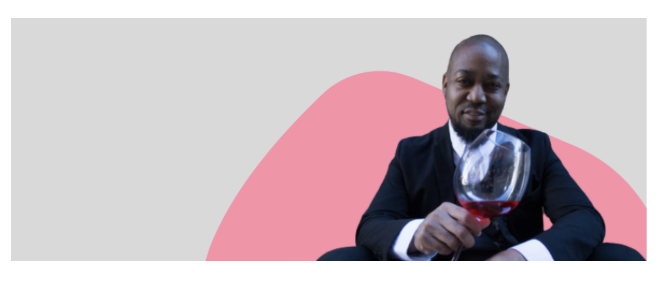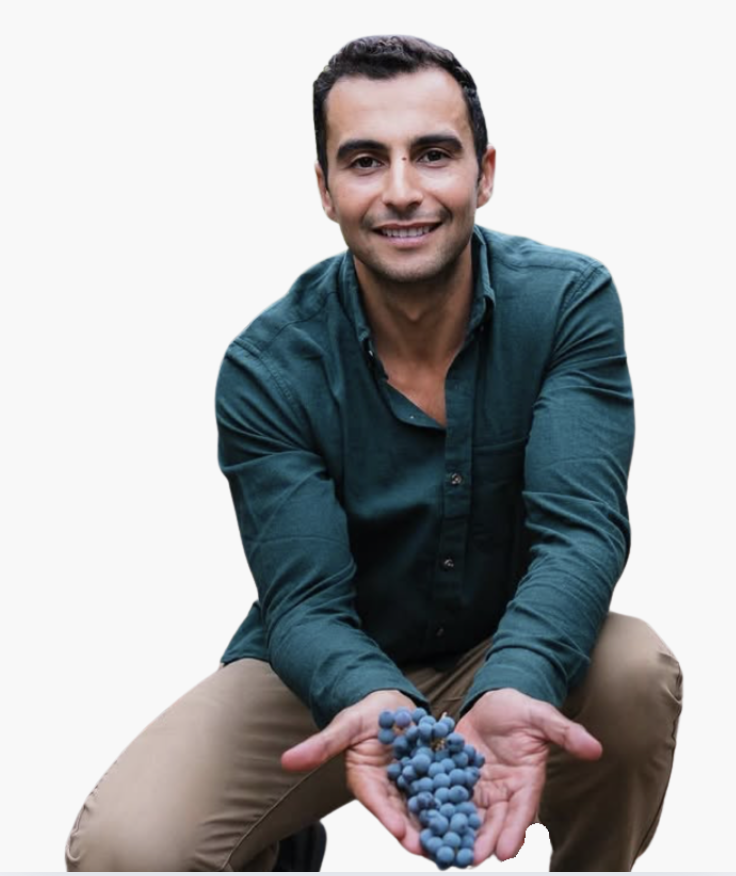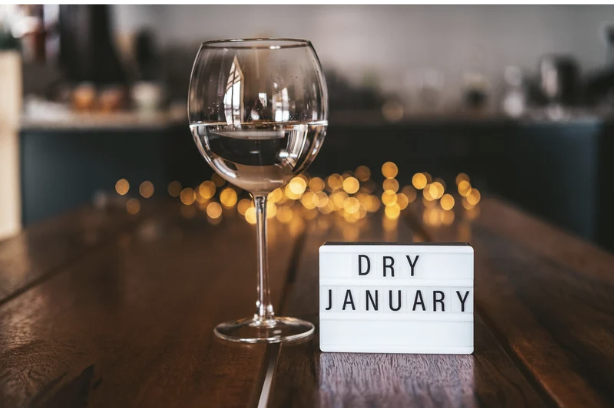
Dry January: The Sober Movement
Like the origin of wine, the genesis of Dry January — a month-long goal of sobriety — is a bit murky.
One origin story is that the first reported Dry January was in 2008 by Frank Posillico in Huntington, New York who was said to have experienced major weight loss and increased pep in his step.
Then there was another guy named John Ore who challenged himself to stop drinking for one January, in which he called “drynuary.”
There was even a column about Dry January in the “Seattle Times” by Nicole Brodeur in 2015 who had been inspired by a friend who tried it many years before that date.
And some even suggest that the practice goes all the back to 1942 when Finland had their own “Sober January” to help them fight the Soviet Union.
Regardless of where, when or how it officially started, the organization that has made the biggest impact on Dry January around the world is Alcohol Change UK. It’s a charity that promotes reducing the harm to society that is caused by alcohol.
The charity was formed from the merger of Alcohol Concern and Alcohol Research UK in April 2017, with both organizations being founded in the early 1980s. The merged organization reported that at least 175,000 people signed up on their website to participate in the movement in 2023. And about 15 percent of U.S. adults, that same year, have reportedly made the same pledge.
That’s more than 260 million Americans. And that’s just the people who made it officially online.
That’s a big difference from the 4,000 people that signed up when the campaign was initially developed in 2013. That was when a member, Emily Robinson, informed others in the organization about the health benefits she gained by not drinking for the month in preparation for a half marathon just two years prior.
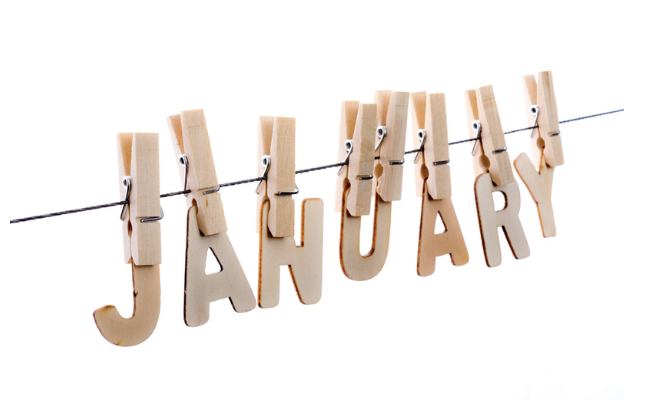
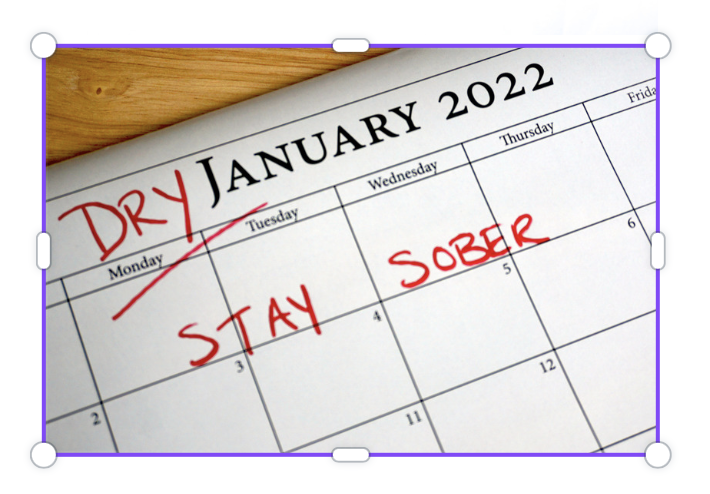
Sober curious
There are many factors that could be leading the growing sober movement in January and throughout the year.
Many point to the isolation, boredom and “stuck” feelings that resulted from the Covid-19 pandemic of 2020. The increased sales paint the picture very vividly.
The sales of spirits and wine increased in the early months of the pandemic — by as much as 20-40 percent in some states. Online wine sellers reported triple-digit sales growth as consumers stayed home during the COVID-19 pandemic. Meanwhile, people’s visits to bars and pubs declined as visits to liquor stores increased.
From before the pandemic in 2018 to the height of the pandemic in 2020, heavy alcohol use among Americans rose by 20 percent, and general alcohol use rose by 4 percent, according to a study conducted by Keck Medicine of USC. In 2022, the increases had continued.
Many people see the interest in sober living — full-time or part-time — as a natural reset from what has been perceived as over consumption during that time period.
The increased interest in the Dry January challenge has coincided with a general increase in consumption of alcohol in the U.S. According to Statista, a global data and business intelligence platform, the average American drinks more now than they did in the last 30 years.
And some see curtailing their alcohol consumption as a much-needed step in the right direction in terms of their physical and mental health.
Some proponents of the movement suggest that it is a good way for people to check on their alcohol consumption.
Medical professionals suggest if an individual cannot go without consuming alcohol for 30 days, it is a good time to ask yourself why that might be the case.
DION has to point out that Alcohol dependency is a disease that affects millions of people globally. If you need help or someone to talk to, please call the Substance Abuse and Mental Health Services Administration national helpline at 1-800-662-HELP (4357) or seek out local services in your area.
Charles Dion Springfield
Charles Springfield is a certified sommelier, wine educator and book author in New York City. His mission is to help promote wine appreciation through education in the form of classes, events and various forms of media. He has been working in wine in NYC for the last 15 years. His first book, “The Less is More Approach to Wine,” works to deliver wine education in easy to understand and manageable servings. He wants to help wine lovers create a deeper, more personal relationship with wine. In the summer of 2020, Charles released a new book called “Maneuvering Rosé Wine With Style” focused on educating consumers about the rosé wine category and rosé styles from around the world. In January 2025, Charles became publisher and editor-in-chief of DION, a digital wine/lifestyle monthly magazine, centering stories on the Black community and marginalized cousin-communities. For more info, visit @thewinestylings and @dionwinelifemagazine on Instagram or at www.charlesspringfield.com.
You may also like
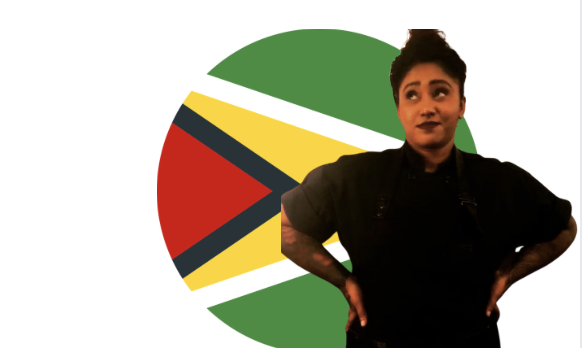
Boring Plant-Based Dishes? ‘Not in My Kitchen!’
She says Cauliflower is very versatile and easy to work with as an ingredient, side or main dish. Pl
Letter From The Editor: Late Bottled Edition
This process of putting together this inaugural January issue has reminded me that no matter the obs
The Life, Vices And American Dreams of Malek Amrani
Whether driven by the concept of the American dream, the Amrani dream or a soul that has some unfini



